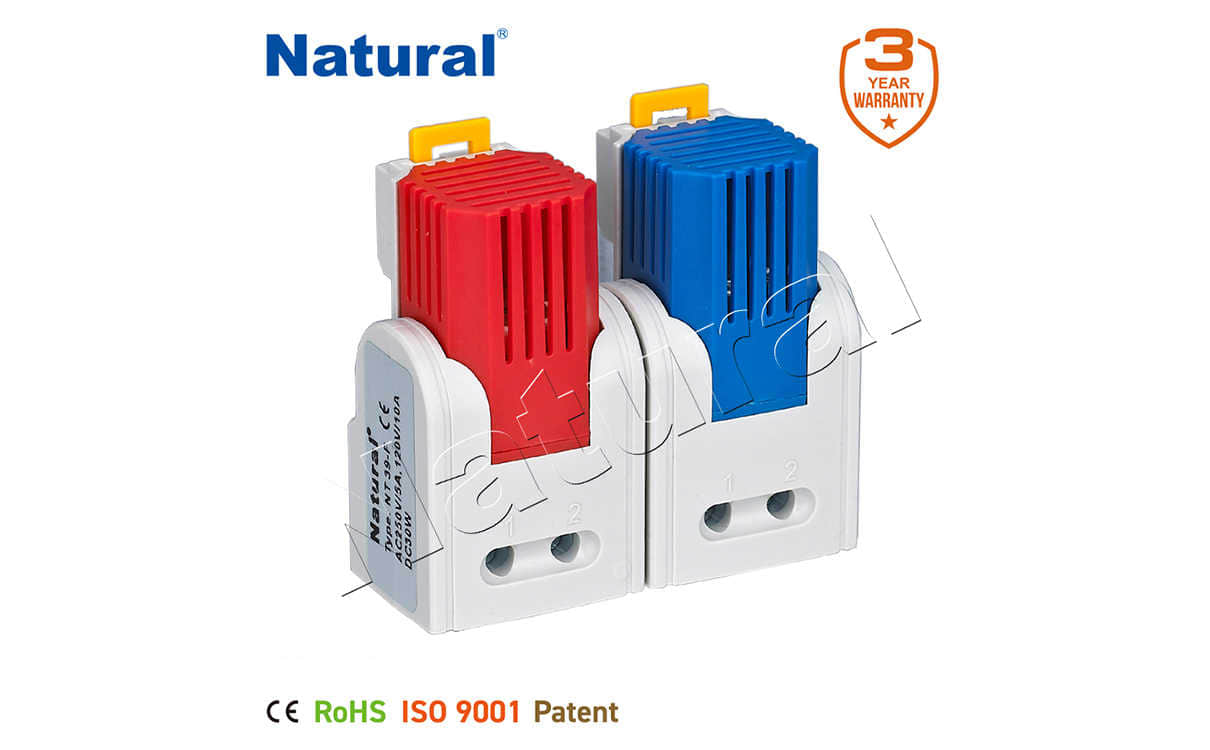 28 items Patent
28 items Patent
 28 items Patent
28 items Patent
 28 items Patent
28 items Patent

In today’s world, where climate change and environmental concerns are at the forefront, people are increasingly looking for more sustainable and eco-friendly alternatives in all aspects of their lives. One area where this shift is particularly important is heating. Traditional heating methods, such as those powered by fossil fuels, have significant negative impacts on the environment. However, natural heating equipment offers a cleaner, greener, and more sustainable solution to keeping homes warm during colder months.

Natural heating equipment refers to heating systems that harness renewable and environmentally friendly resources to provide warmth. These systems include geothermal heating, solar thermal systems, and biomass boilers, each of which operates by utilizing natural processes to generate energy. By making the switch to such systems, homeowners not only reduce their carbon footprint but also save money in the long run while enhancing their energy independence.
One of the most notable types of natural heating is geothermal heating. Geothermal systems use the Earth’s natural heat, which is consistently available beneath the surface, to warm homes. The process works by circulating water or a heat transfer fluid through pipes buried in the ground, where temperatures remain constant regardless of seasonal fluctuations. This fluid absorbs heat from the Earth, which is then transferred into the home to provide warmth. Geothermal systems are highly efficient and require minimal energy, making them an excellent choice for homeowners who wish to minimize their environmental impact. The initial installation cost can be higher than traditional heating systems, but the long-term savings on energy bills and maintenance costs make it a worthwhile investment.
